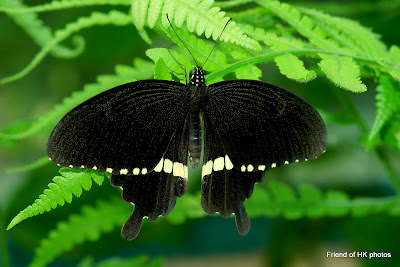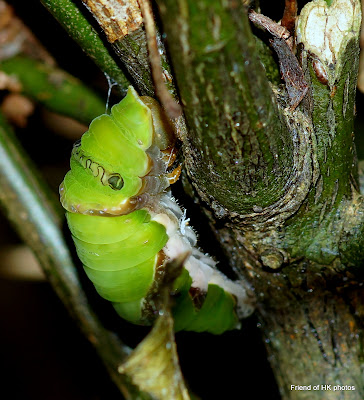The Common Mormon is one of the common swallowtail butterflies in Southeast Asia.
The appearances of the male and female are similar.
But the female also has several subforms while the male Mormon butterfly has only one morph. Their name “Mormon” reflects this fact and is based on the Polygamy practice within the Mormon religious sect.
Although I haven’t managed to photograph the other female subforms, I saw this male Common Mormon mistook a female Great Mormon as one of its own.
Unlike the Mormons, the multiple Common Mormon butterfly subtypes are purely for protection. Their appearances usually mimic certain inedible poisonous swallowtails such as the Common Rose (described in my previous blog) to repel predators.
The scientific name, Papilio Polytes, also indicates this fact that while papilio is a Latin word for butterfly, poly is a Greek word for many.
This sun basking Common Mormon gave me a chance to get a close look.
The development of its caterpillars is very interesting too. At early stage, the Common Mormon caterpillars look like bird droppings to confuse predators.
At later stage, they change to a well camouflaged green colour with big eyespots,
then moult to a pupa.
The Common Mormon butterfly is a symbol of loyal love in China based on a legendary tragic love story (“The Butterfly Lovers” or “Liang Zhu”) which is often regarded as the Chinese equivalent to Romeo and Juliet in the West.
More Images at Google+





























































